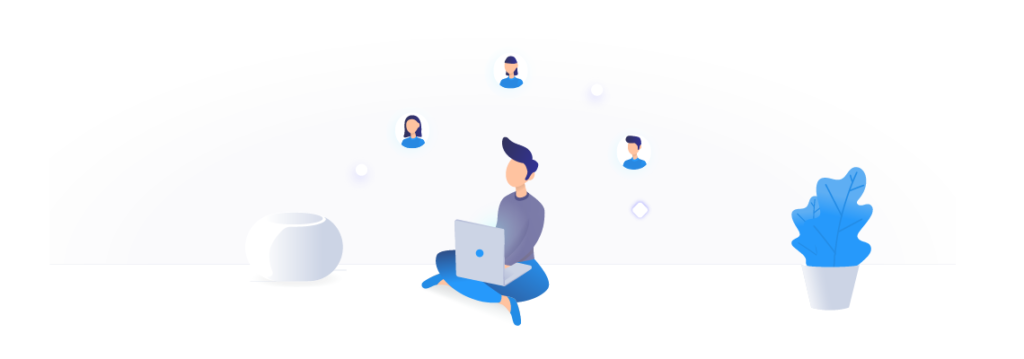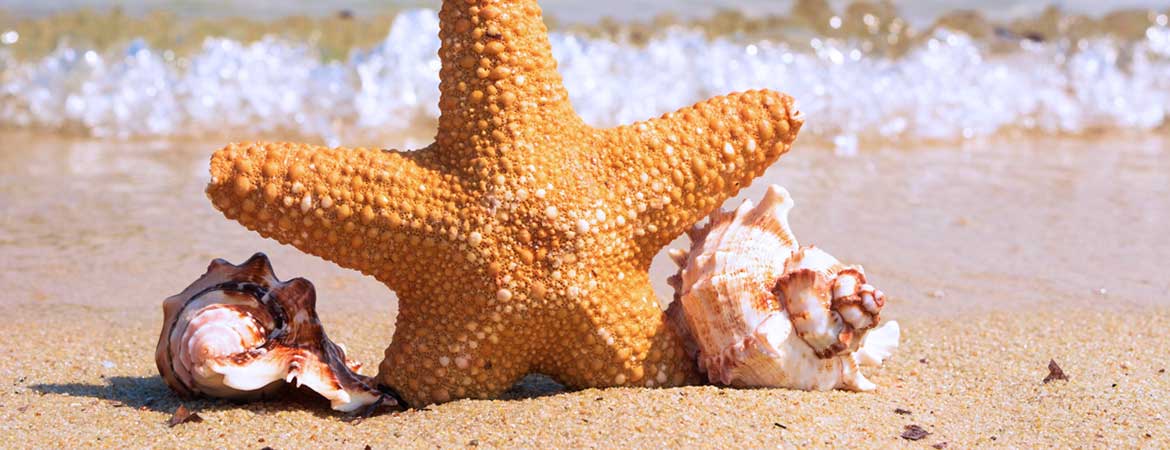You can turn new buyers into returning customers by sending these seven post-sale emails.
Table of Contents
- 1. Thank You emails
- 2. Shipping/Tracking emails
- 3. How To Use emails
- 4. Reminder emails
- 5. Quick Survey emails
- 6. Promotional emails
- 7. We Miss You emails
- Final thoughts
If you’re an e-commerce merchant, then you probably understand that turning new buyers into returning customers means more profit for your business. It also means that you get more traffic at lower costs while promoting your business almost at any time you want. Having an active email marketing system on your website is one thing. But the major challenge is writing those cracking post-sale emails that turn new buyers into returning customers.
If you’re at this crossroads, then this post is for you. Here are seven post-sale emails you should be sending to new buyers.
1. Thank You emails
Thank you messages are already a typical feature of both online and offline marketing channels, but having an email marketing system means you can take it to a whole new level. Rather than sending the usual confirmation or transactional email, a personal touch may be what you need to convince new buyers that you appreciate their patronage. And what happens when they feel appreciated? They are more likely to come back. Now, although it is not abnormal to automate Thank You emails, keep in mind that a personal appeal is essential if you are to accomplish your goal of building a good relationship with the new buyer.
To write an effective Thank You Email, you might use:
- Only Texts — Thank you so much
for completing your first purchase on our website. We hope you’re satisfied with the order and look forward to meeting your other needs. - Texts and Gif — The above message could be attached to a “Thank You” Gif.
- Texts and Video — You could prepare a short video within 1-10 seconds to say “Thank You” to new customers
Thank-you emails boast a high open rate, and you should enjoy some success if you get it right.
2. Shipping/Tracking emails
As soon as a customer places an order on your website, one of the first things they want to know is when it will arrive on their doorstep or when they can get access to the service they purchased. For this reason, shipping and tracking emails also get high open rates. However, some rules do apply.
First, you must go beyond the standard shipping message format — “Your order is on its way.” Your shipping or tracking emails should have a touch of your brand as well as other vital information like:
- Estimated time of arrival (ETA)
- Basic information about the shipping agent or company
- Tracking number and location of the customer
You could also go one step further by sending an email a few days after delivery to confirm whether the new buyer is satisfied with their purchase or not. You could also add a “similar products” or “frequently bought together” section to your follow-up email to get more sales.
3. How To Use emails
Most times, new buyers make a purchase either based on someone else’s recommendation or because your landing page was well optimized to convert visitors. These sets of people may not even know how to use your product and as such need extra help.
Well, the good news is that offering that extra help to new buyers could turn them into loyal customers, so you have nothing to lose when you send them a guide on how to get the most out of their purchase. You could send a short email with a little text and any of the following:
- Link to a blog post on your website on how to use the product/service
- Link to video tutorials created by you or the manufacturer on how to get the best out of the product
- A FAQs section covering previous user inquiries
As mentioned earlier, offering this extensive support allows the new buyer to connect with your business on a personal level, thus, making it more likely that they order from your site next time.

4. Reminder emails
Aside from those who need assistance on how to get the best out of your products, there are some that need a reminder to recall that they even purchased an item from you. Sounds awkward, right?
Well, a busy schedule and many preoccupations leave some new buyers with little or no time to test their delivery, especially if it is a digital product. To use their short memory to your advantage, you could send them a post-sale reminder email that reads something like this:
Hello
we just wanted to check in with you about the that you ordered a few days ago. Other customers are already giving excellent feedback, and we want to know your thoughts about it.
From the sample above, you will notice that it is necessary to use a respectful and friendly tone for your reminder emails. The reason is so that the new buyer does not feel embarrassed about forgetting to use your product.
5. Quick Survey emails
Quick Survey Emails are just an extended version of reminder emails. However, the difference is that QSE’s are sent after a long period of time and assumes that the new buyer has used the product or service.
On a scale of 1-10 ranging from Bad to Excellent, the buyer is asked to rate the level of satisfaction they derived from their purchase. In the case where the buyer gives a rating between 9-10, you could follow them up in a new email campaign, encouraging them to sign up as affiliates with your e-commerce website. Additionally, compiled QSE responses can help you entice other new buyers if you attach it to your product description page as “Ratings.”
6. Promotional emails
What’s the purpose of collecting contact details from new buyers if you don’t send them promotional emails?
Create a separate email campaign to let new buyers know about similar products, new stock, giveaways and special events around your business. However, it is vital to remember that sending too many promotional emails could trigger new buyers to unsubscribe from your list. Keep it moderate, and if possible, always hire an expert email copywriter for your promotional campaigns.

7. We Miss You emails
When new buyers do not engage with your brand for a long time after their first purchase, “We Miss You” emails could be a great way to draw their attention back. Do not forget that since they are new buyers, there’s a chance they have forgotten about your website or visited a competitor’s.
In a“We Miss You” Email you could include the following.
- Short text
- We miss you gif
- Link to a product related to the buyer’s earlier purchase
- Coupon or discount codes
- A subtle but firm Call to action
When planning your “We Miss You” email campaign, you could also extend it to old customers who suddenly stopped engaging with your brand.
Final thoughts
When your post-sales emails are excellently written and with new buyers in mind, the results are truly advantageous. There is a possibility of turning these first-time visitors into long-term fans, and you don’t want to miss out on that. The seven ideas outlined in this article are just enough to help you get started and in little or no time, the results will start rolling in!








